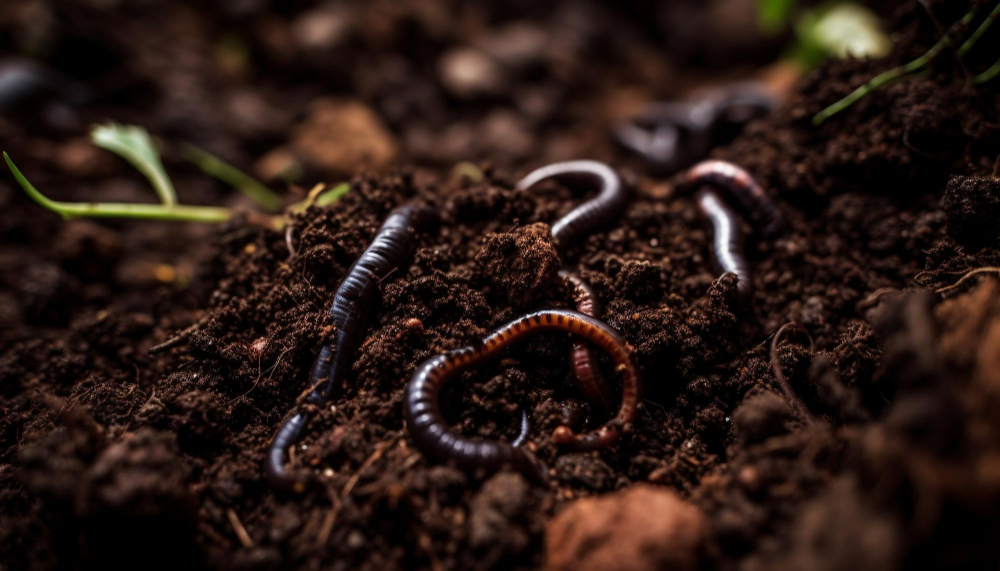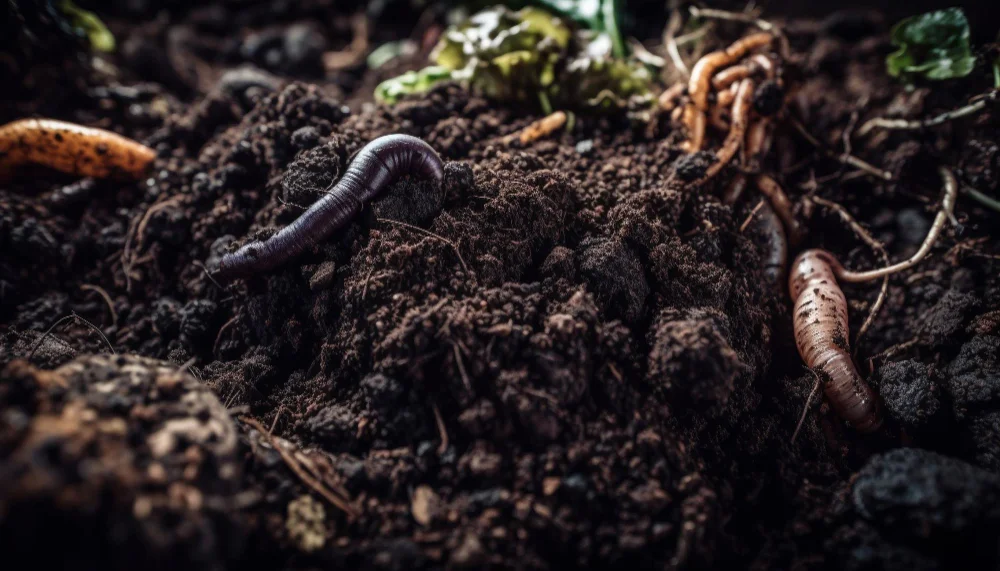Description and Physical Characteristics
Earthworms are annelid worms belonging to the class Oligochaeta. They are cylindrical in shape with segmented bodies. Most earthworm species range from a few centimeters to several decimeters in length, though some tropical species can grow much larger. They have a soft, moist body covered in a slimy mucus that aids in locomotion and respiration.
Habitat and Distribution
Earthworms are found in various habitats worldwide, ranging from forests and grasslands to agricultural fields and gardens. They are particularly abundant in moist, organic-rich soils. Earthworms play a vital role in soil ecosystems, contributing to soil fertility and structure.
Diet and Feeding Habits
Earthworms are detritivores, meaning they primarily feed on decaying organic matter such as dead plant material, leaves, and other organic debris found in the soil. They ingest soil along with organic matter, breaking it down in their digestive tract and releasing valuable nutrients in the process.
Role in Soil Health
Earthworms are considered ecosystem engineers due to their significant impact on soil structure and nutrient cycling. They enhance soil fertility by aerating the soil, increasing water infiltration, and promoting microbial activity. Their burrowing activities create channels that improve soil drainage and root penetration.

Reproduction and Life Cycle
Earthworms are hermaphrodites, possessing both male and female reproductive organs, but they still require a mate to reproduce. During mating, two earthworms align ventrally and exchange sperm. Fertilized eggs are deposited in a cocoon secreted by the clitellum, a specialized glandular structure. The cocoon is then buried in the soil, where the young earthworms develop and hatch.
Importance in Ecosystems
Earthworms play a crucial role in maintaining soil health and ecosystem function. They facilitate nutrient cycling, improve soil structure, and support plant growth by increasing nutrient availability. Their activities also contribute to carbon sequestration and help mitigate climate change.
Threats and Conservation
Earthworm populations can be affected by factors such as habitat destruction, pollution, and invasive species. Conservation efforts aimed at protecting soil biodiversity and promoting sustainable land management practices can help safeguard earthworm populations and the ecosystems they inhabit.
Overall, earthworms are integral components of terrestrial ecosystems, playing a vital role in soil health, nutrient cycling, and ecosystem sustainability.


